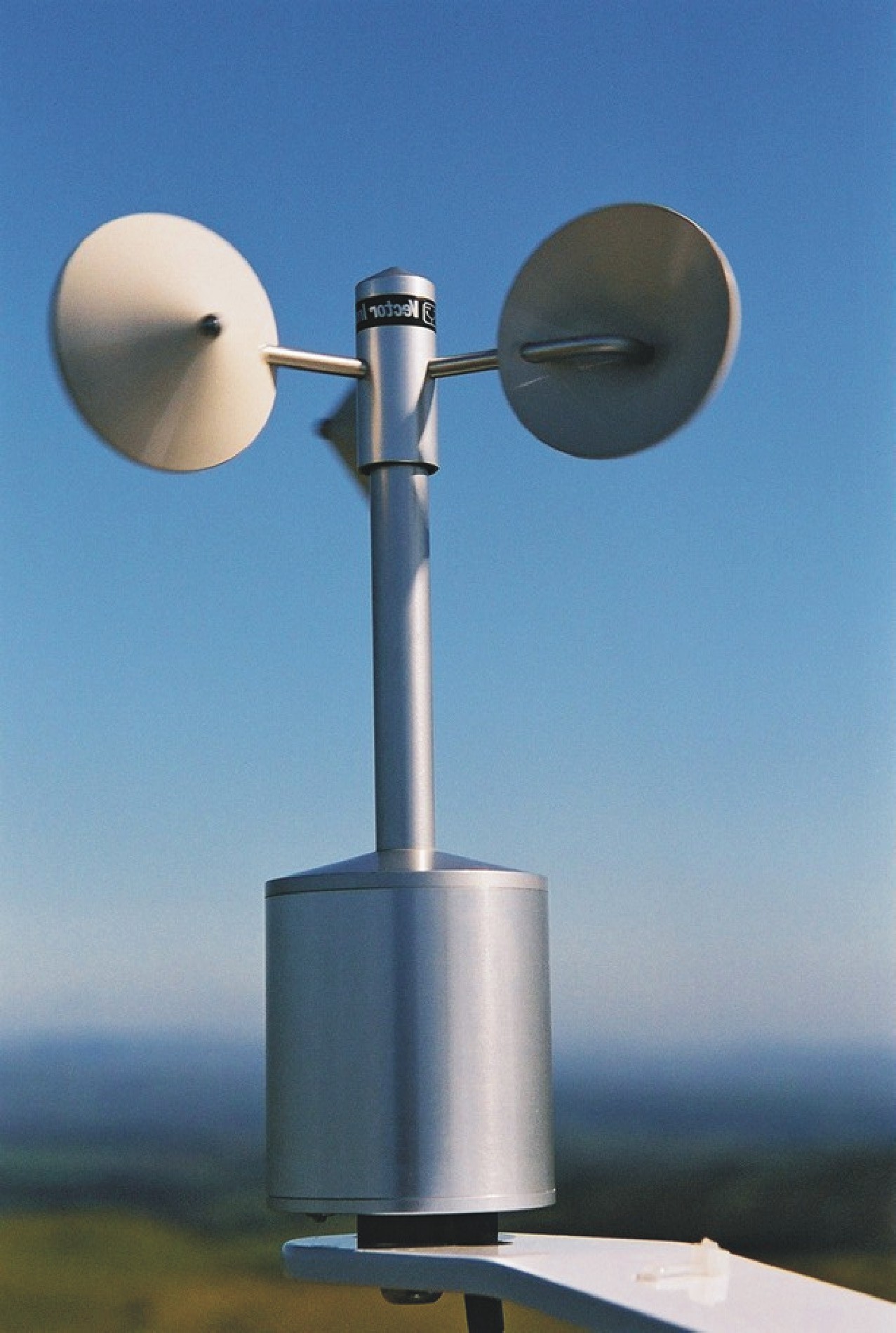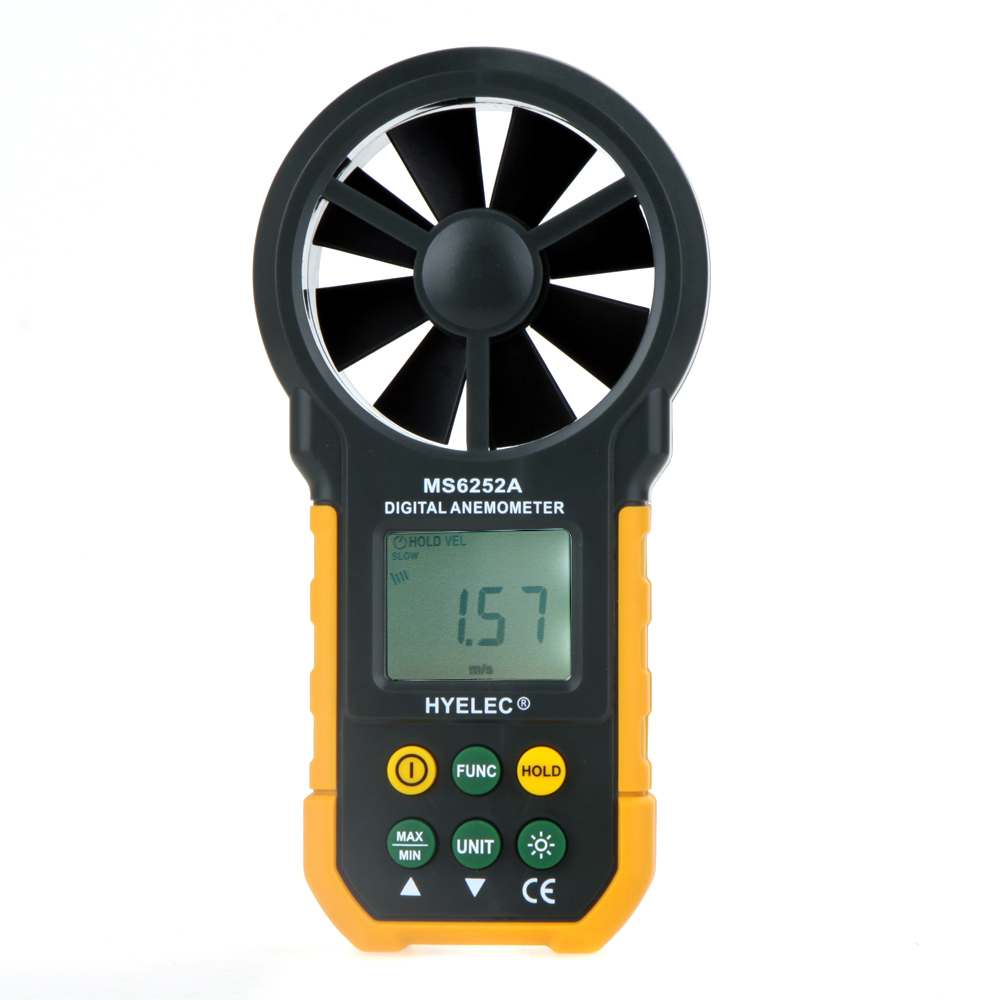
Their CFM ranges between 0 and 99,999, which is what allows this anemometer to detect speeds in excess of a hundred miles per hour. The measurement fan blades are quite impressive as well. That works out to about 108 miles per hour, within an accuracy of about two percent. Whether you want to measure the airflow of an office, or study the weather while windsurfing, this multipurpose design is up for the task.įrom a technical standpoint, this anemometer reads speeds of up to 30 m/s. It’s widely versatile for indoor and outdoor use. It’s also one of the coolest looking anemometers you’ll ever see. The Proster MS6252A is a terribly precise little instrument. Even mobile anemometers are often capable of that kind of measurement. You might also consider whether the anemometer can be stuck to a tripod, or otherwise fixed against a stationary surface. Especially tools subjected to forces like wind, which may be filled with small bits of particulates and debris that make high speed impacts with the instrument. But the quality of their construction remains as important as any measurement tool. Consequently, size isn’t as much of an issue because nearly all tend to be fairly portable. Size and Constructionĭigital anemometers tend to be pretty small, often pocket sized. You don’t want to have to wait around between each reading, or have a response time that’s too slow to properly capture a short burst of speed. Are you trying to measure a sudden gust of wind, or trying to take repeated measurements in rapid succession? Response times can be critical. You’ll also need to think about the specific types of events which you’re trying to measure. At least, as long as you’re not trying to chase hurricanes. But the 100mph limit shouldn’t be too dispiriting for most people. If you want to go well past that, you’re going to have to get a specialized instrument. Most anemometers will be restricted to measuring about 100mph. Are they reported in meters or inches? Can you switch between the two? Don’t take these kind of features for granted, or you’ll end up having to do calculations in your head. You may also want to concern yourself with metrics. If you have no requirements for heightened accuracy, you don’t have to pay much attention to this kind of variable. If you’re a marksman who’s taking a long-distance shot, then you aren’t going to care if your reading is off by a 0.2 miles per hour.īut if you’re taking scientific measurements or working around hazardous gasses, you’ll likely want greater levels of precision to match the intensity of the tasks you have in mind.

How much accuracy you need depends on how you intend to use the information.


Together, they are able to ground out any unwanted electrical interference from wired connections.Because you’re using an instrument to take measurements, one of your first concerns should be the accuracy of the instrument. The use of 3-stage lightning protection is complemented by the RS-485 digital output which has inherently high resistance to interference and is therefore the most widely used communication interface in tough industrial environments.
WIND ANEMOMETER INSTALL
Moreover we install anemometers and wind vanes at different heights. IEC 6 specifies clearly that no other instrument shall be positioned closer than 1.5 meters vertically from the anemometer cups and the wind vane shall be mounted at a minimum of 1,5 m below the primary anemometer.

Our requirement is 120 units of anemometers and 60 units of wind vanes.


 0 kommentar(er)
0 kommentar(er)
